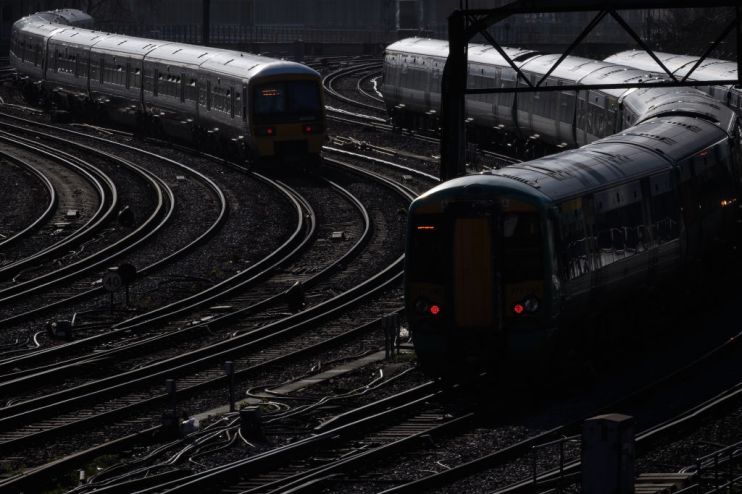No more dependency on Alstom and Siemens, urges rail regulator

The Office of Rail and Road (ORR) has urged Network Rail to put an end to its dependency on French and German signalling system providers Alstom and Siemens.
In a report published on 8 November, the regulator has urged the railway body to transform its approach to procuring and delivering signalling processes, widening its pool of suppliers to foster competitiveness.
“There are more than 40,000 signals on the mainline network, with 65 per cent of these needing to be renewed within the next 15 years – and essentially there are only two main players in the GB market for major signalling projects, namely Siemens and Alstom, who account for over 90 per cent of Network Rail’s major signalling spend,” said ORR’s chief executive John Larkinson.
The UK’s signalling market is valued between £800m and £900m per year, with the market expected to grow exponentially given the vast modernisation programme that is under way in the country’s railway network.
Giving Network Rail three months to come up with a strategy, the regulator also ordered to open the market to new companies, stopping unduly favours to existing suppliers. As part of the ORR’s recommendations, Network Rail will also be required to provide suppliers with greater certainty on the volumes of work awarded to them.
“Our recommendations set out how Network Rail can reduce reliance on the dominant suppliers, and make the market more attractive to potential new suppliers by increasing suppliers’ confidence in the market and reducing costs.”
Commenting on the regulator’s recommendations, David Clarke, technical director at the Railway Industry Association (RIA) urged the UK Government to work alongside the industry to ensure the digital transition is on track.
“It is clear the UK needs a funded plan for digital signalling on UK rail, which can revolutionise the way our railway runs, by increasing capacity, reducing cost and improving reliability.
“Network Rail’s Long Term Deployment Plan sets out a good strategy for the roll out of digital signalling, but it is yet to be funded, leaving rail suppliers uncertain as to whether the plan will go ahead.
“With some 65% of signalling equipment needing replacing in the coming 15 years, this issue is becoming increasingly urgent.”